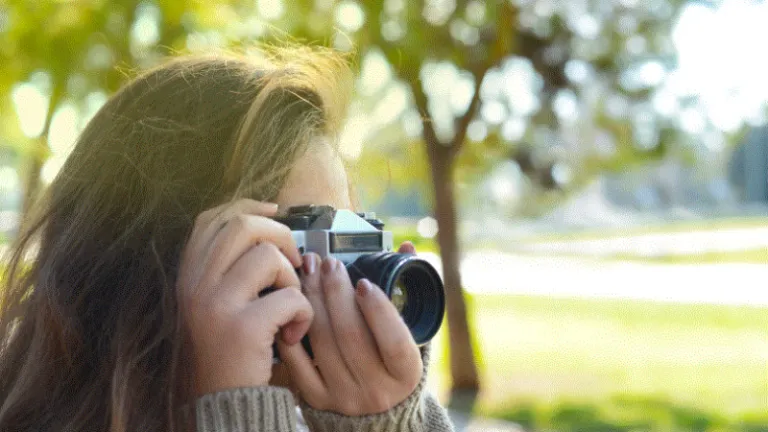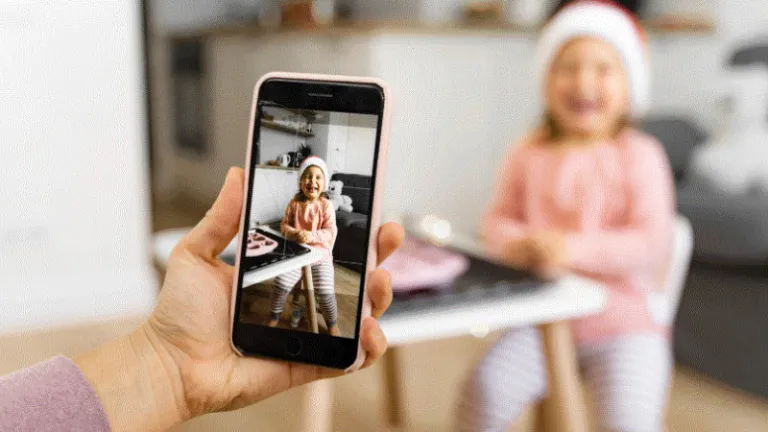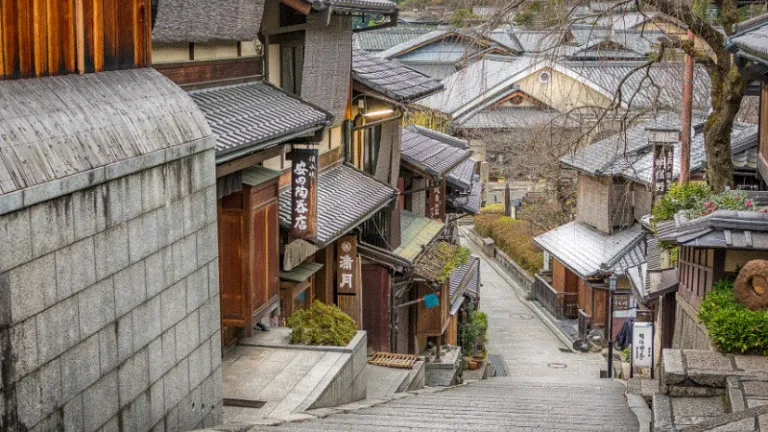Our favourite places to stay on this sleepy Cebu island.
Photography Etiquette in Japan: What Travellers Must Know

We Pinoys love taking selfies and snapping photos — especially when we’re travelling. Whether it’s a perfectly plated meal, a cherry blossom backdrop, or just you vibing under a Japanese street sign, our phones are always ready. But here’s something you might not know: in Japan, there are unspoken rules when it comes to photography — and breaking them might not just earn you side-eyes, but actual legal trouble.
So before you fill your camera roll, here’s what every traveller should know about photography etiquette in Japan. Trust us, these tips will help you take stunning shots and stay respectful.
Also read: Japan Travel Mistakes to Avoid – What Not to Do
Why Taking a Photo Isn’t Always Just a Photo in Japan

Image credit: Burak Can Oztas | Canva Pro
In Japan, there’s a cultural concept called meiwaku — it basically means causing inconvenience or being a nuisance to others. Now imagine pointing your camera at someone who didn’t agree to it. It might not seem like a big deal to you, but in Japan, that’s a major meiwaku moment.
The Japanese also recognise something called portrait rights (shōzōken). In simple terms? People have the right to control how and where their image is used. So, even if someone’s in a public space, snapping their photo without asking can land you in hot water, especially if you share it online. This is why you'll see a lot of Japanese people being extra cautious when they’re photographed in public — it’s all about respecting their personal space and privacy.
A Big No-No: Photographing Kids

Image credit: Troyan Photos | Canva Pro
This one’s serious. Taking photos of children in Japan, especially in school groups, is heavily frowned upon. You’ll often see teachers carrying signs asking tourists not to take pictures of students. And honestly? Just don’t. It’s not worth the risk or the misunderstanding.
In the same way we wouldn’t want strangers snapping pics of our younger siblings or kids back home, Japanese locals are very protective of their children’s privacy. So, if you spot a school group or young kids, it’s best to keep your camera to yourself.
Where Photos Are Straight-Up Banned

Kyoto Higashiyama | ilhamnandana vias Canva Pro
Even if you're itching to capture that perfectly symmetrical street in Kyoto, some places are completely off-limits — and for good reason. Here are a few spots where your camera should stay tucked away:
Gion, Kyoto – Famous for its geisha culture, but certain private streets have banned photography to protect the peace and privacy of locals.
Higashiyama & Kamakura – Beautiful, yes, but some areas now restrict photos due to overcrowding and complaints from residents.
Traditional shops and cafés – Some businesses don’t allow photos at all. When in doubt, just ask.
It’s kinda like how we sometimes get annoyed when someone takes photos inside a private event or family gathering. Japanese locals want to keep their lives, well, private. So, if you feel like you’re intruding on someone’s personal space, take the hint and move on.
So, What Can You Do?
It’s not all rules and no fun. You can still take loads of amazing shots — you just need to follow a few simple courtesies:
Ask before you click – If you want to take someone’s photo, a polite gesture or quick “Shashin o totte mo ii desu ka?” (Can I take a photo?) works wonders. Think of it like asking for a selfie with a stranger back home — a quick “Is it okay?” goes a long way.
Look out for signs – Many temples, shrines, and shops will have clear “no photography” signs. When in doubt, don’t risk it.
Keep it low-key – Avoid using flash or tripods in busy places. It draws attention and often disrupts others.
Think before you post – Even if someone agrees to a photo, blasting it all over Instagram without context can feel disrespectful. Be thoughtful.
Also read: Traditional Villages in Japan Pinoy Travellers Must Visit
A Better Way to Travel
One of the best parts of travelling is the people you meet and the stories you stumble upon. But sometimes, the best stories don’t need a photo. Sometimes, a quiet moment, a friendly chat, or a memory made off-camera is far more powerful.
So yes, take those gorgeous shots of Mt. Fuji, capture that sushi platter that made you cry happy tears, and document the vibe of Shibuya Crossing — but remember to do it with intention and kindness. After all, the best travel photos are the ones that come with a good story — and no regrets.
Got a Japan trip coming up? What’s on your must-snap list? Let’s swap ideas — just don’t forget to pack your manners with your camera!
Published at
About Author
Jeliefer Sumaya
Subscribe our Newsletter
Get our weekly tips and travel news!
Recommended Articles
10 Bantayan Island Resorts, Hotels, and Rentals for Your Tropical Escape 10 Best Mountain Cafes in the Philippines for Your Peak Coffee Experience Coffee date on the mountains, anyone?
10 Family Outing Ideas in Metro Manila Under ₱500 Looking for a weekend bonding with the family under ₱500? Head to these places, pronto!
10 Fun Things to Do in Manila Alone Live your best life in Manila, even when you’re riding solo.
10 Long Weekends in the Philippines in 2023 Book those flights ASAP.
Latest Articles
Ilocos Norte Travel Guide: Where and How to Go Discover the best of Ilocos Norte!
Where to Find the Best Korean-Themed Cafes in the Philippines Here are the trendiest Korean cafés in the Philippines!
Monkey Bay Thailand: What Filipino Travellers Should Know Before Travelling One year after the scare
Best time to Visit Taiwan Based on Weather Seasonal travel guide to Taiwan
Viral 7-Eleven with Mayon Volcano View Now a Major Photo Spot in Bicol This 7-Eleven in Albay with the Mayon Volcano view is being hailed as the Philippines' version of Lawson and Mt. Fuji!

